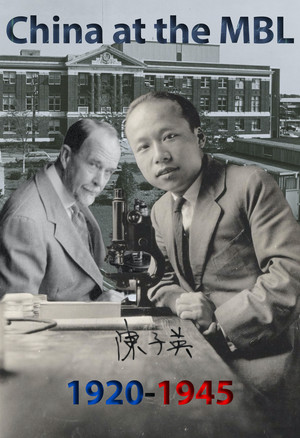At the University of Minnesota, Tang studied broadly in agriculture, chemistry, physics and plant biology. In 1928, Tang graduated with a B. A. degree magna cum laude in Plant Biology. Tang’s interests in cellular physiology, especially studying it through chemical and physical methods started during his undergraduate study. In an embryology class, after the professor described how seeds germinate, Tang asked, “How exactly does one seemingly amorphous seed generate a sprout with intricate organizations? What chemical or physical processes were involved to make such profound transformation happen?” The question went beyond the knowledge range that the survey embryology class was supposed to cover and the professor did not answer the question. Tang felt embarrassed but later learned that his question pertained to an emerging field, general physiology, which tries to identify chemical and physical principles of metabolic processes shared by animals and plants. The field had invoked great interests among European biologists, and just began to impact the biological sciences in the US in the 1920s, led by its advocate Jacque Loeb.
In 1928, Tang started his PhD study at the laboratory of renowned physiologist Burton E. Livingston at Johns Hopkins University. There, although Tang preferred to study the physiological mechanisms of photosynthesis and respiration, Livington suggested Tang investigate environmental factors that influence the speed of germination of seeds, so that he could use simpler experimental approaches and to obtain results quickly. Tang felt underwhelmed by the simpler approaches, yet he did wish to finish his PhD degree before his fellowship provided by the Boxer Funds expired. He completed his dissertation in 1930.
After accepting a research post at Harvard University, Tang decided to check out the Marine Biological Laboratory in Woods Hole that his colleagues had frequently mentioned. He spent the summer of 1930 at the MBL, and he was amazed. Here, he finally found the great mix of the people and topics that encouraged him to pursue physiology in its due complexity.

